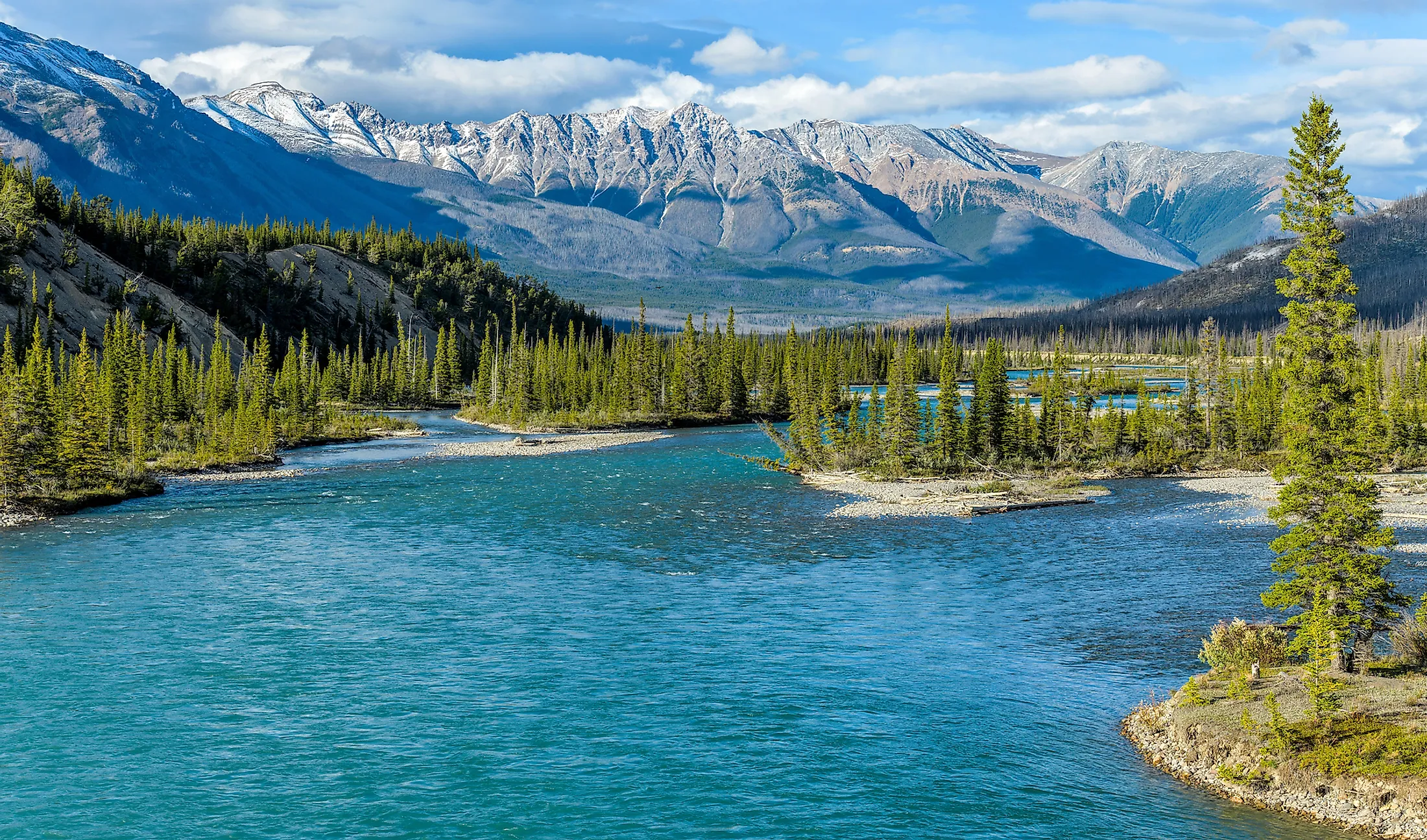
Saskatchewan River
The Saskatchewan River is one of the longest rivers in Canada, and measures approximately 550 kilometers in length. The name Saskatchewan has been derived from a Cree word which means "swift flowing river". Because the river is so prominent throughout the province, the land itself has adopted the same name.
River Formation, Flow, and Mouth

The river forms in central Saskatchewan, a province roughly in the middle of Canada, where the North Saskatchewan and South Saskatchewan Rivers converge. This meeting of the two branches is known as the Saskatchewan River Forks. The two major arms of the river get their water source from glaciers in the Rocky Mountains, which are located in Alberta.
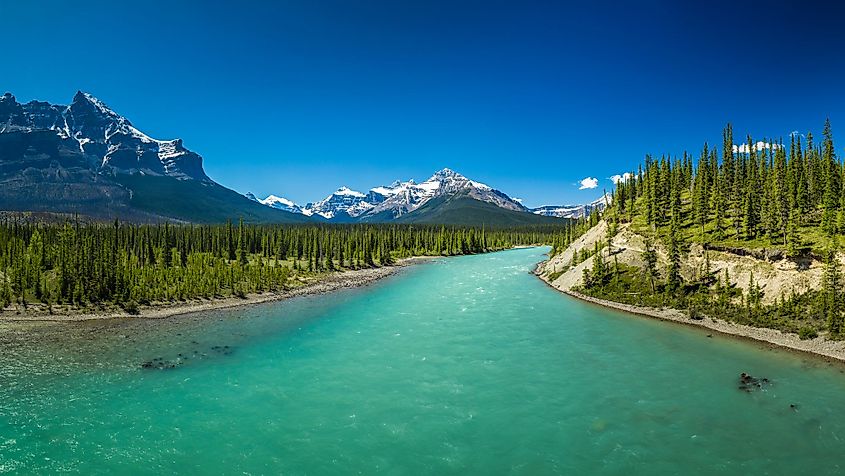
From there, the river flows through Saskatchewan into Codette Lake and Tobin Lake, which are both dam-built lakes. The river continues in the northeast direction from there, cutting through a large area of wetlands. Here, in the swampy climate, the Saskatchewan River is fed by both the Mossy River and the Torch river. From the north end of the marshlands the river flows eastwards into west-central Manitoba. Here, it reaches The Pas where it meets the Carrot River. Now strengthened by this tributary, the river flows into Cedar Lake, and then Lake Winnipeg. From Lake Winnipeg, its last major stop, the waters that started in Saskatchewan eventually drain from there into Hudson Bay, by way of the Nelson River.
Wildlife
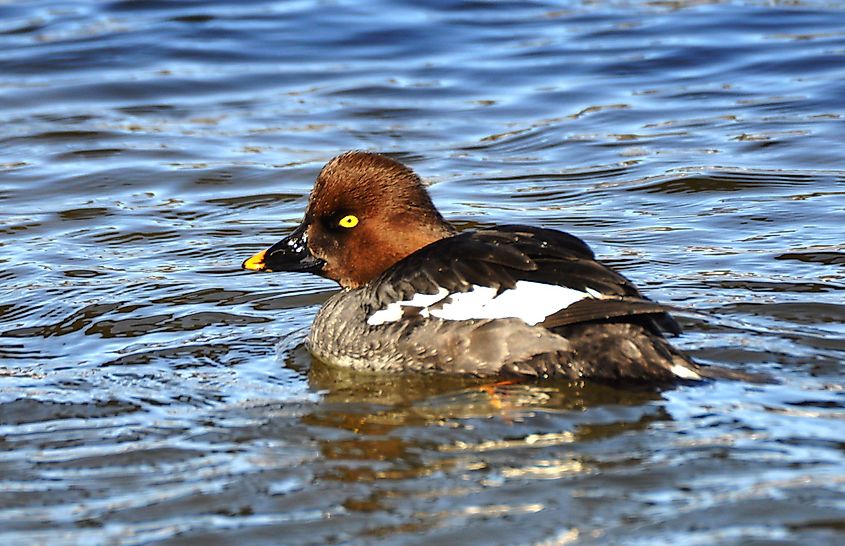
Saskatchewan River is home to a variety of different fish species. The most common varieties are walleye, yellow perch, northern pike, sauger, lake whitefish, goldeye, rainbow trout, brown trout, white sucker, burbot, longnose sucker, shorthead redhorse, lake sturgeon and mooneye. Most of these species are fished along the river for food or sport. Besides fishes, many birds are also found in the Saskatchewan River.
History
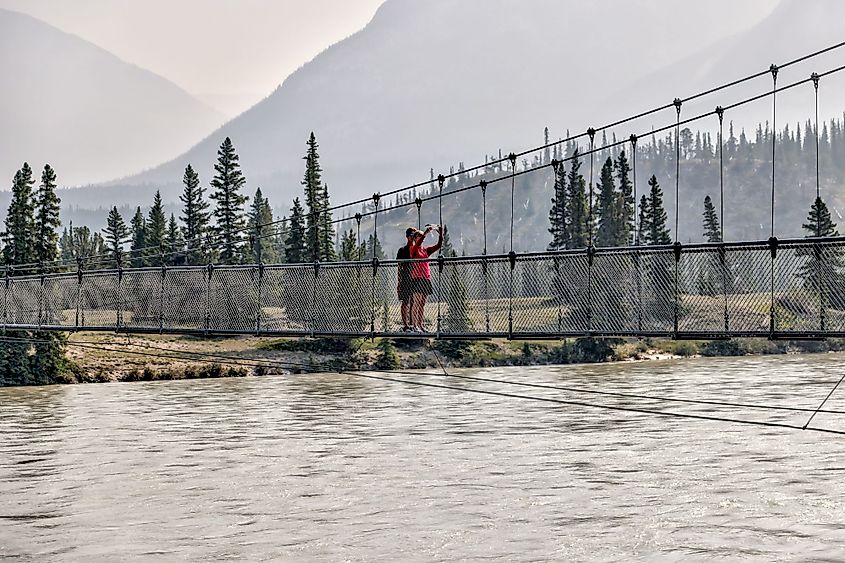
The river has long been used as a water-highway through central Canada. It was the principal transportation route for first nations and indegenous people that lived in the area. Through the years, the region around the Saskatchewan River has been inhabited by Atsina, Cree, Saulteaux, Blackfoot Confederacy, Assiniboine, and Sioux people. Once Canada began to be settled by Europeans, the river was an important fur-trade route. Ambassadors from the Hudson’s Bay Company reached the area in the 1690s, and through the 18th and 19th centuries established various fur trading posts along the river. During this time, canoes and york boats were the main mode of transportation, for travellers and traders. By the mid 19th century, Métis began to inhabit the area, and built communities at the Southbranch Settlement, in Prince Albert, Saskatchewan, and St. Albert, Alberta. One of the longest and most historically important rivers in Canada, the Saskatchewan River formed the backbone of early life and settlements within the prairie provinces for many years. Signs of these initial cities still remain today in areas such as Fort Edmonton, Fort Battleford, Prince Albert, and Cumberland House.
Modern Uses
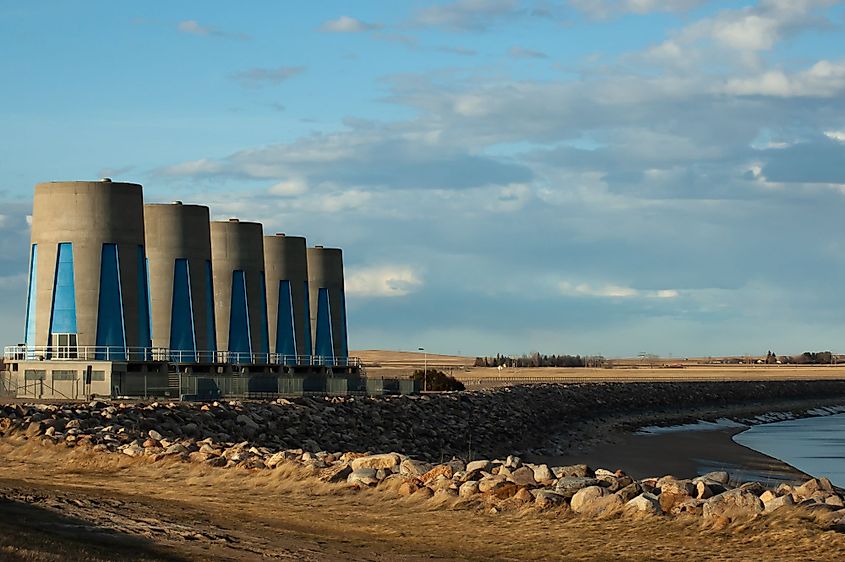
Though the fur trade brought settlers to the river banks, and riverboats allowed for ease of travel up and down the river prior to the Canadian railway, the Saskatchewan River isn’t used for transport very much these days. Instead, the river's main function is for hydroelectric power. Two major hydroelectric stations exist along the Saskatchewan portion of the river: E.B. Campbell and Nipawin stations. Both of these are owned by SaskPower, which is the primary electric power company in the province. Within Manitoba, the river feeds the Grand Rapids Generating Station, which produces some 479 megawatts of power, and is owned by Manitoba Hydro. From being a major water highway for fur trade and indigenous people, to providing hydro power to both the Canadian provinces of Manitoba and Saskatchewan, the river continues to play and important role in the lives of central Canada.











